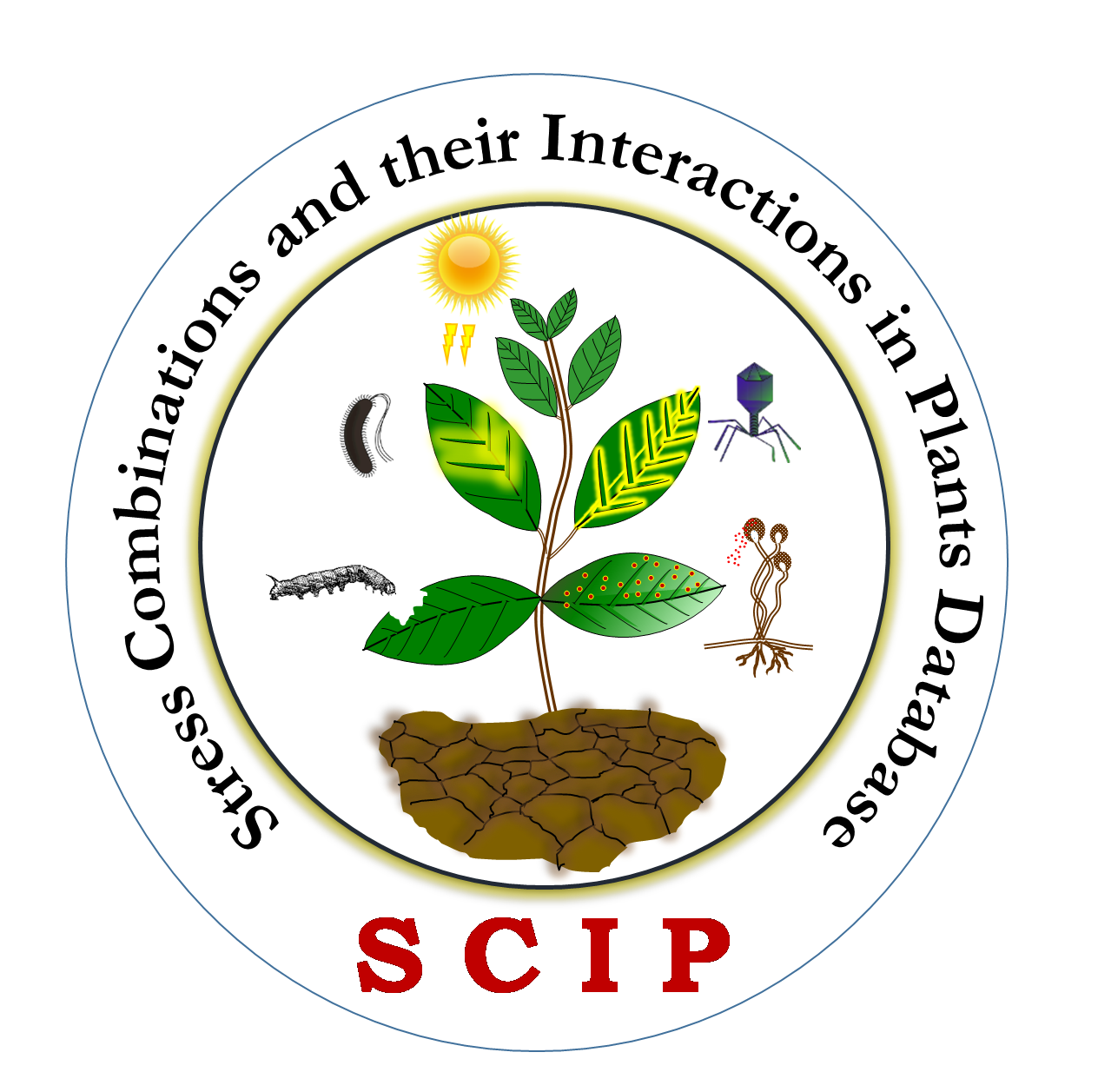SCIPDb is a compendium of the morpho-physiological (phenome) and molecular (transcriptome) responses of plants to different forms of combined stresses. The database hosts comprehensively analyzed literature- on the impact of different biotic and abiotic stress combinations on plants. SCIPDb is developed to provide the plant science researchers a user-friendly, easy-to-access computational platform integrated with diverse datasets and tools needed for data preparation, visualization, and - extraction for biological discovery in the area of combined stress.
SCIPDb hosts two major combined stress datasets, namely,
- Phenome dataset that contains morpho-physiological, biochemical combined stress datasets.
- Transcriptome dataset containing microarray and RNA-seq datasets.
The SCIPdb acts as a resource reservoir for scientists, researchers and students trying to understand the impact of combined stresses on plants. Broadly the database provides the following information:
SCIPDb-Phenome provides information on the impact of combined stresses on growth, yield, morpho-physiological, biochemical, and pathogenesis related parameters of different plant species.
SCIPDb-Trancriptome analysis provides list of differentially expressed genes under combined stress and, their annotation, transcript levels, and pathway information. It also provides, information on co-expression network analysis, and gene-enrichment analysis of genes uniquely expressed under combined stress.
SCIPdb also hosts infromation on effect of combined stress on various genotypes of plants (wherever applicable) thus highlighting the genotype dependent impact of the combined stress.
The database hosts a comprehensive list of combined stress related traits which can be used for trait-based breeding programme to develop or identify combined stress tolerant plant species.
SCIPdb hosts for the first time the global geographical distribution of stress combinations and their impact on plant growth and productivity.
SCIPdb provides an comprehensive stress matrix and thus gives an idea about the most and least deleterious stress combination and plant species which are highly affected.

